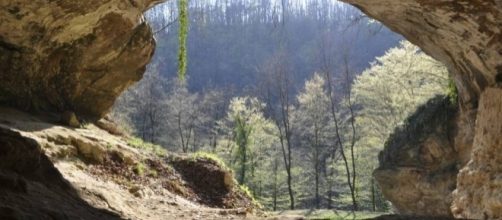The main source for finding ancient human DNA has been to get it from fossilized bones, despite how scarce they are to find. However, a new technique that was published in the journal Science could change how human DNA is extracted and help scientists reconstruct the history of how humans evolved. Also, an ancient Chinese tomb that was first discovered in 2013, only to have been found recently looted, yielded new discoveries in the form of murals.
Human DNA from dirt
Scientists say that they have found a way to extract small traces of human DNA from dirt in caves that lack any human remains, but have shown signs of human activity.
There are many caves around the world where scientists have found stone tools made by humans, but no bones to study.
The researchers collected 85 sediment samples from seven caves in Europe and Russia that humans were known to have lived in within the last 14,000 to 550,000 years. They used a method that has been refined to detect human DNA, as animal and plant DNA have been extracted using dirt samples in the past. This is done by focusing on mitochondrial DNA, because it is best suited for being able to tell closely related species apart. Then, the damaged molecules are analyzed to separate ancient human DNA from any modern human DNA.
The sediment samples had genetic traces of Neanderthal and Denisovan DNA.
This was even the case with samples from Trou Al'Wesse, a cave in Belgium where human bones have never been found. This new method can help scientists learn more about humanity's ancestors, fills in gaps in human history, and increase the number of sites to study in America and around the world.
The tomb with the 'blue monster' mural
In the 1,400-year-old ancient Chinese tomb, located in the city of Xinzhou, researches discovered an array of unique murals that, for the most part, have not been seen in other ancient tombs of the same age. Their findings and images of the tomb were recently published in the journal Chinese Archaeology after being translated to English.
The murals were found in a side corridor during the excavation that the looters missed. The most notable mural is of a "blue monster" that has archaeologists puzzled as to what it could represent. There is also a winged horse and a naked god called the "master of wind" running in the direction of the burial chamber. Along with these, there are also simpler scenes of people hunting, trading horses, and working on a gatehouse.


